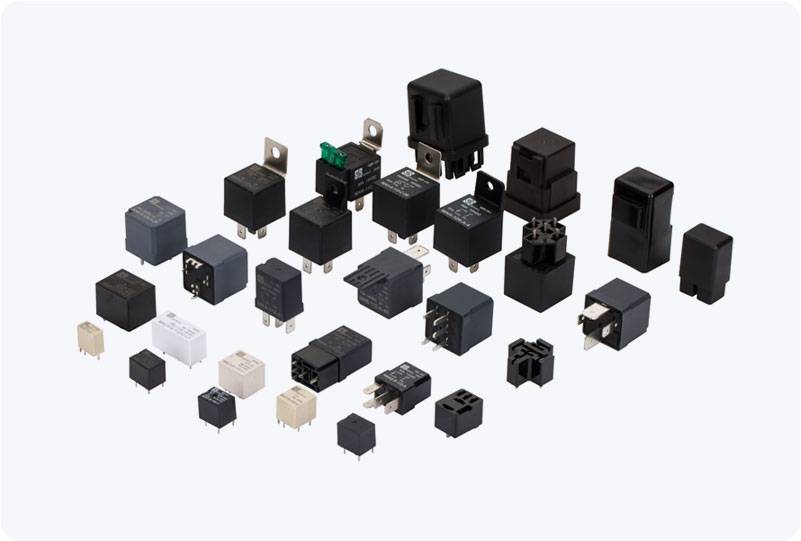Industrial control relays are integral components in modern automation and electrical systems. These electromagnetic devices are widely used to control electrical circuits, manage various machinery, and enhance system protection in industrial environments. Understanding the working principles, functions, and types of industrial control relays can help in grasping their significance in industrial automation and energy management.

What is an Industrial Control Relay? An industrial control relay (ICR) is an electrical device designed to control the switching of electrical circuits. It uses an electromagnet to physically open or close contacts in a circuit, thereby controlling the flow of electricity. The relay operates on the principle of electromagnetic induction, wherein a current passing through the coil creates a magnetic field that attracts a metal armature, causing the contacts to either close or open. Relays are essential for automating processes, safeguarding equipment, and enabling remote control over electrical systems. They serve as intermediaries between low-power control circuits (such as a microcontroller or PLC) and high-power machinery (like motors and lighting systems).